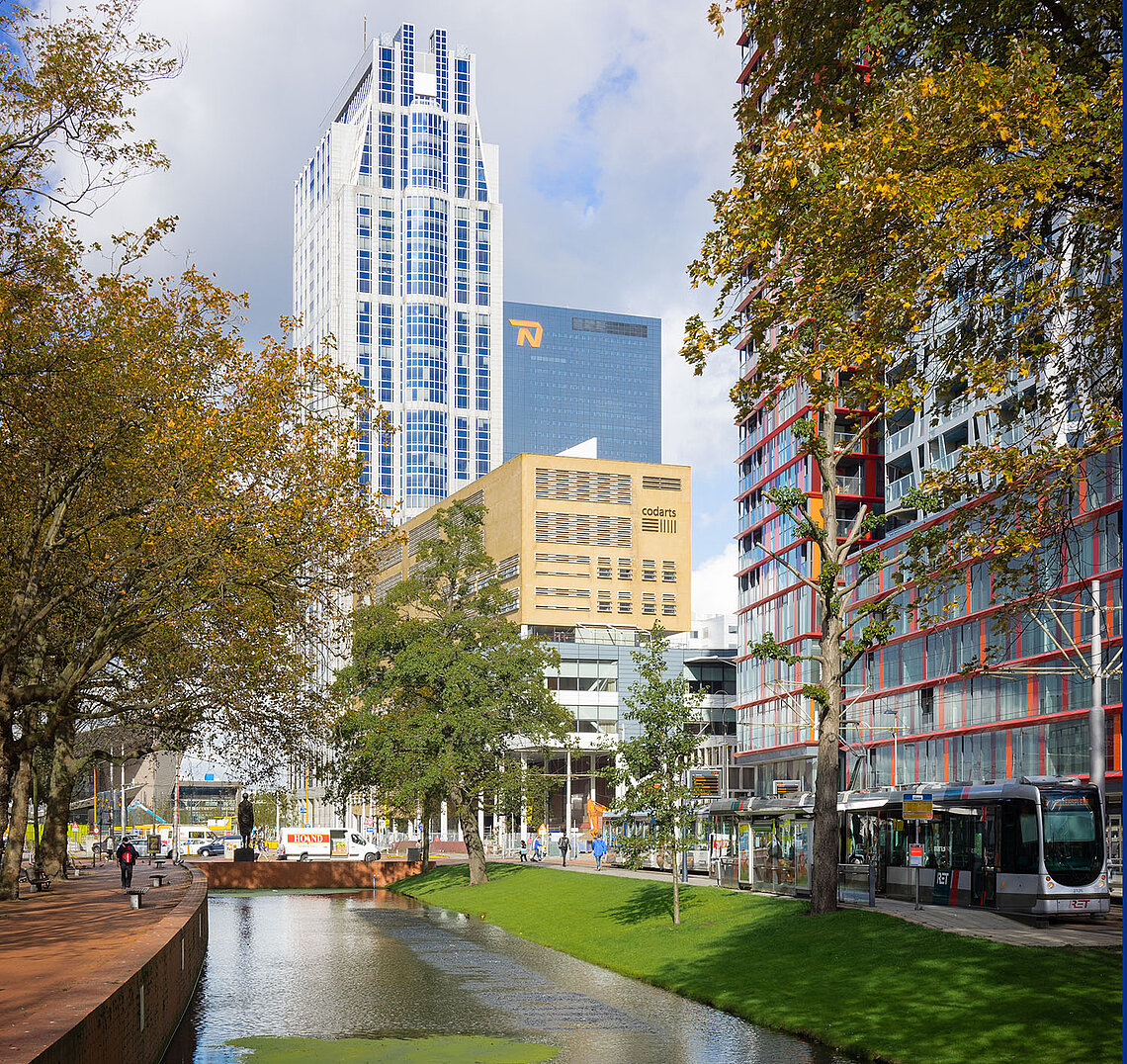It is clear that the sector considers social safety a crucial issue and we have decided to elaborate on this theme in a joint approach.
This is informed in part by the attention recently paid to various issues of social safety. In this context, studies have been carried out, discussions held, conclusions drawn and policies and procedures reviewed at various art schools. The sector takes a critical look at itself and takes steps where necessary. This statement and the accompanying ‘outline of the social safety code’ are the next step in that process, a joint step that we are taking as a sector.
As an art education sector, we wish to send out a clear joint signal. A signal that shows that the sector is aware that social safety is not an ad-hoc matter but requires constant attention. And that social safety consists of various facets and therefore forms an integral part of our organisations and of the dialogue. In addition to the existing approach at the various art schools, a follow-up step is therefore now being taken in which we work together.
In art education, everyone should be able to work and study in a good and professional atmosphere that is safe and transparent, both in teaching and in research. It is crystal clear that undesirable behaviour such as bullying, discrimination, intimidation, sexual harassment, aggression, violence and other forms of transgressive behaviour are unacceptable and must be prevented.
Art education works not only on prevention but also on goals that contribute to strengthening a healthy and respectful culture at art schools. The most important pillars are that every signal is followed up, that we never look away and always take action. And it is of crucial importance that students and staff can and dare call each other to account for their behaviour. Another prerequisite is that it is clear where complaints and objections can be lodged.
Art education is a form of education centring not only on professional development but also on personal development. Physical and mental proximity plays a major role in this. While a great quality of art education, it is a vulnerability that we as a sector are aware of. There are relatively many individual forms of education and there is intensive collaboration between student and lecturer and among students. This makes it all the more necessary to pay attention to social safety.
This attention should take shape in various areas. For example, didactics and forms of teaching and assessment need to be handled very consciously. A social and sustainable personnel policy provides an important basis for lecturers to be able to pay explicit attention on the basis of trust to the way in which they communicate with students. Clear frameworks must be established with regard to the way in which people at an institution communicate and deal with one another. Knowledge about diversity and inclusion provides insight into aspects of social safety.
Of course, the organisation must also have structures in place within which any undesirable experiences can be reported. Intermediaries and the complaints procedure play an important role in this. But it is also essential to continue to identify, actively and regularly, any risks in the area of social safety and the social safety experienced by students and lecturers.
Art education has united as a sector to name the facets of social safety in a Social Safety Code. All art schools undertake to post on their own websites from 1 September 2021 how they implement these facets. In addition, a joint venture has been set up between the art schools aimed at sharing knowledge and experiences regarding the various facets of social safety and at establishing a national ‘Ombud’s office’ in the area of social safety in art education.
20 May 2021
Executive Boards of
Amsterdam School of the Arts
ArtEZ University of the Arts
Avans University of Applied Sciences
Codarts Rotterdam
Design Academy Eindhoven
Fontys Universities of Applied Sciences
Gerrit Rietveld Academy
Hanze University of Applied Sciences Groningen
University of the Arts The Hague
Inholland University of Applied Sciences
Rotterdam University of Applied Sciences
HKU Utrecht School of the Arts
Zuyd University of Applied Sciences
1) See page 3 of the sector agenda: “In recent years, protocols and codes of conduct have been developed in various disciplines around safety and welfare. These can be even better connected and need to be made more widely known to everyone in art education.”


